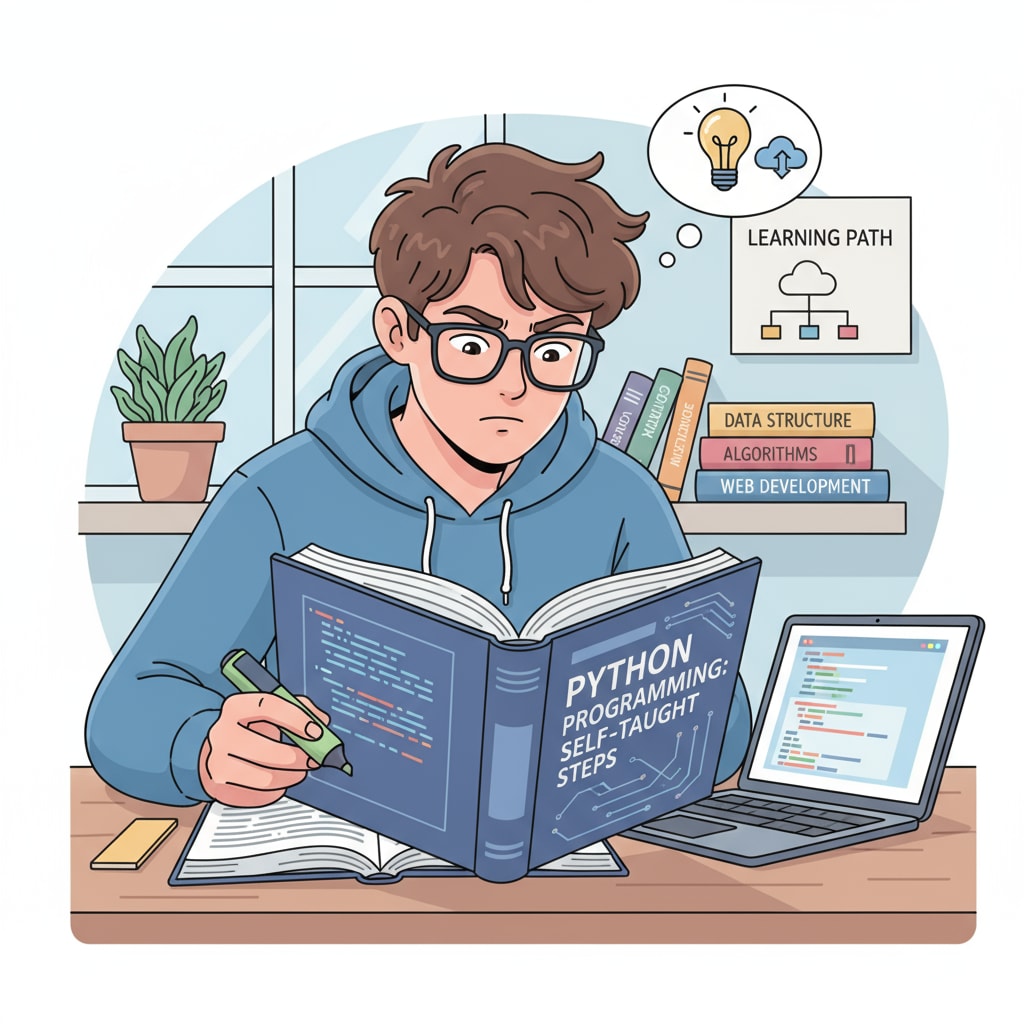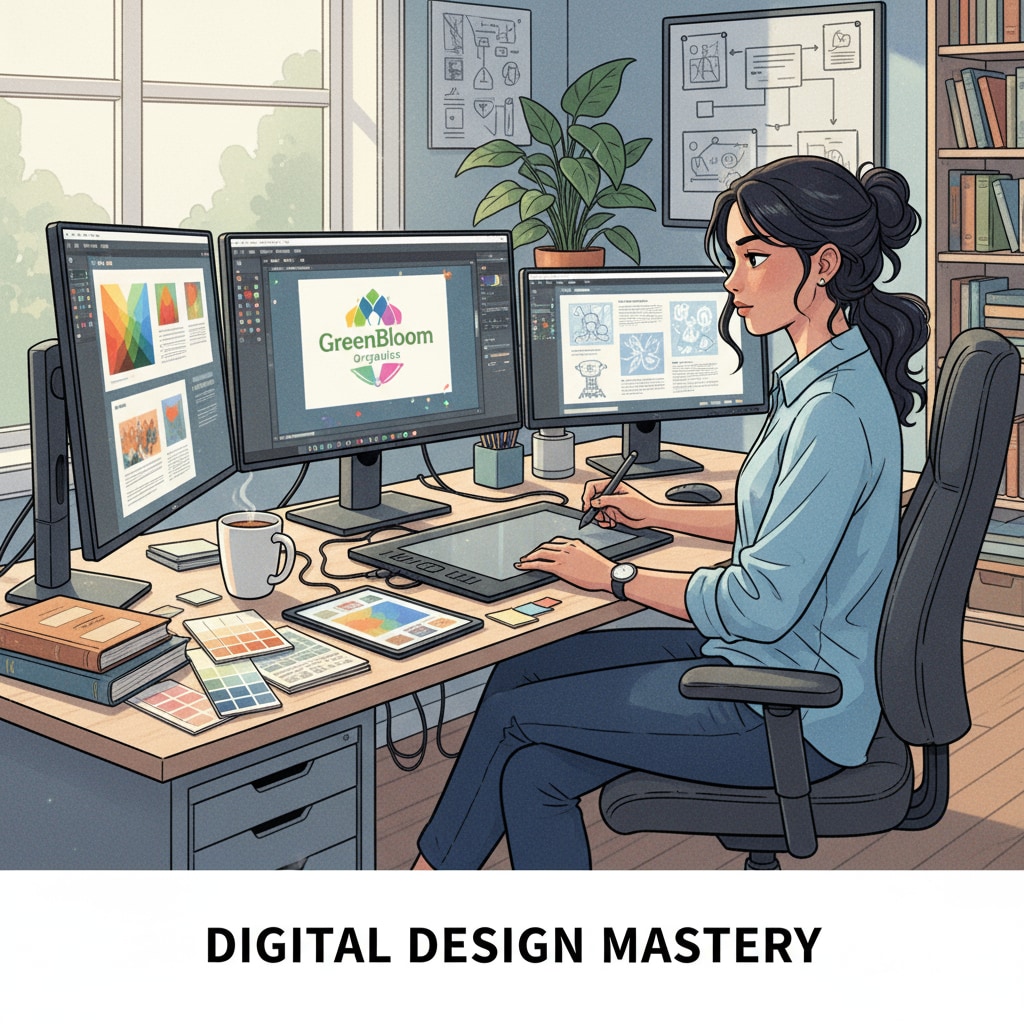Education, high school performance, and self-improvement are intertwined aspects of a student’s journey. For those who have faced challenges in high school academics, the road ahead may seem daunting, but it is also filled with opportunities for growth. Consider John, a high school graduate who struggled with grades but found his passion for programming later. His story is a testament to the power of self-education and strategic life planning.

Accepting the Reality
First and foremost, students need to accept their high school academic situation. This means being honest about the areas where they fell short. It could be due to various reasons such as ineffective study methods, lack of interest, or personal issues. For example, some students might have had trouble concentrating in large classrooms. Recognizing these factors is the first step towards improvement, as it allows them to address the root causes.
Discovering Personal Strengths
Everyone has unique strengths. These could be in areas like creativity, problem-solving, or communication. By identifying their strengths, students can focus on fields where they are more likely to succeed. Take Sarah, who was not great at traditional academics but had a knack for graphic design. She used this strength to build a career in the creative industry. According to Psychology Today, understanding one’s strengths can significantly boost self-confidence and motivation.

Once students have a clear understanding of their situation and strengths, they can start formulating a practical self-education plan. This plan should include setting clear goals, choosing the right resources, and allocating sufficient time for learning. Online platforms like Coursera and Khan Academy offer a wide range of courses that can supplement traditional education. With dedication and a well-structured plan, students can enhance their knowledge and skills.
In addition to academic learning, adjusting one’s mindset is crucial. A positive attitude can transform the way students approach challenges. Instead of seeing past failures as roadblocks, they should view them as learning opportunities. This shift in perspective can open doors to new possibilities and paths of development.
Finally, it’s important to explore diverse career paths. The traditional route of college may not be the only option. Vocational training, entrepreneurship, or pursuing a passion in the arts can all lead to fulfilling careers. For instance, many successful entrepreneurs did not have outstanding high school grades but found their calling in business. As students embark on this journey of self-education and life planning, they are empowered to shape a future that aligns with their true potential.
Readability guidance: Short paragraphs and lists are used to summarize key points. Each H2 section provides a list-like structure. The proportion of passive voice and long sentences is controlled, and transition words are scattered throughout the text to enhance readability.


